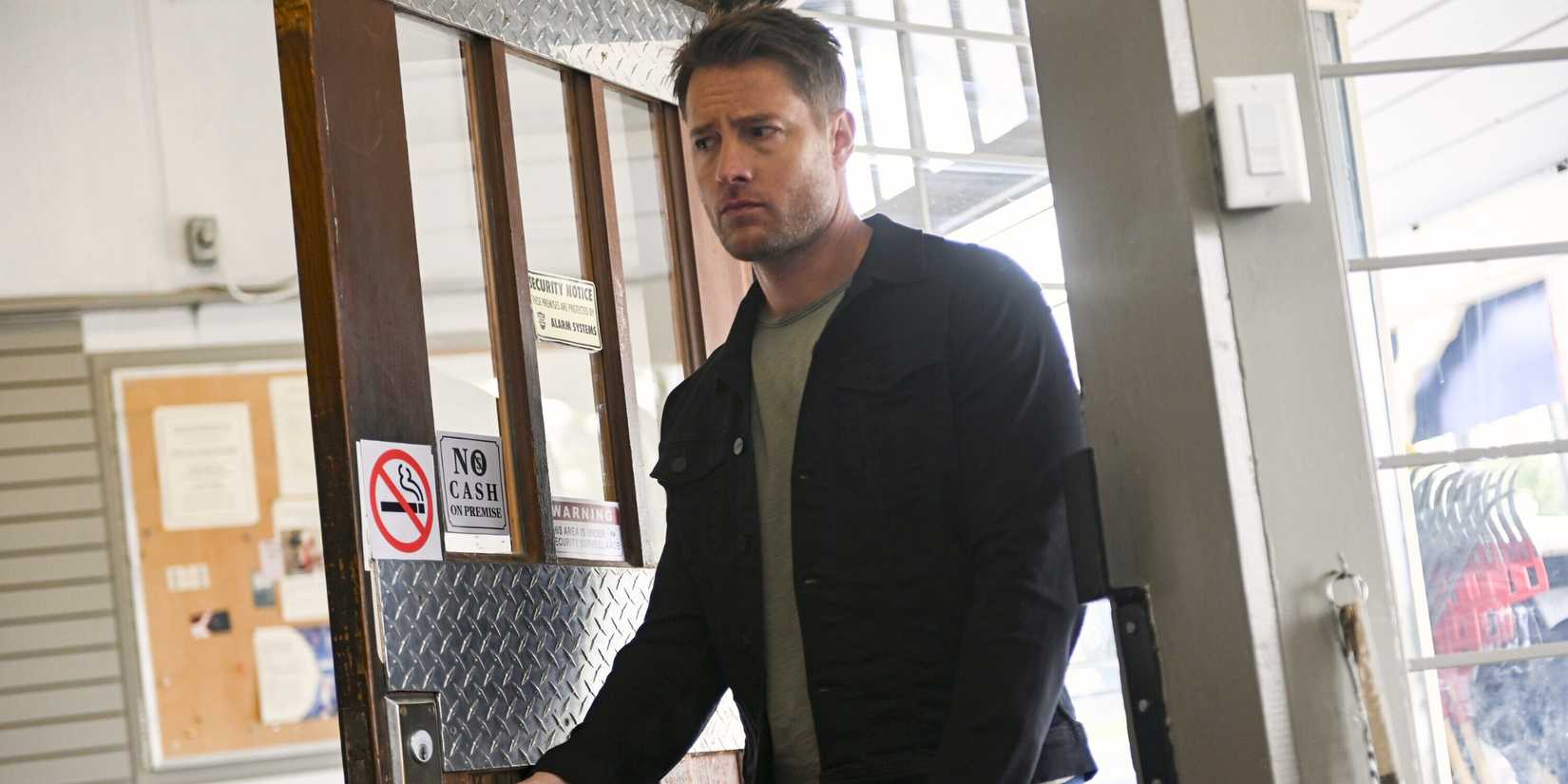It is no secret that community TV has disrupted the standard TV mannequin, ushering in an period the place broadcast networks have needed to scramble to adapt. In a single change, community TV has borrowed a web page from its streaming opponents, transferring to the brief, 10-episode season mannequin widespread with streaming. Usually launching midseason, the hope is that, with no competitors from full-season community exhibits for his or her first few episodes, sequence debuting in the course of the conventional vacation break could have a greater probability at gaining an viewers.
The opposite hope with copying streaming’s shorter season mannequin is that community TV exhibits will do a greater job of competing with streaming. Ten episodes make for snappier – and cheaper – seasons. The issue, nevertheless, is that TV networks are nonetheless lacking the explanation that streaming’s shorter seasons are so profitable – and it would not should do with their size.
Networks Have Began Copying Streaming’s Quick Seasons
Over the previous few years, networks have steadily shifted to an all-or-nothing mannequin, the place new TV sequence are both given a inexperienced gentle or rejected outright. The observe will not be but the usual, nevertheless it’s on the rise. In a now-common deal, networks will often launch untested original series with 10- or 13-episode freshman seasons. It is a approach to cut up the distinction between a pilot and committing to a full, conventional season of 20-24 episodes.
There might need been a time when networks would have rolled the cube on two dozen episodes and given new exhibits a season or two to search out their footing. Within the aggressive period of racing to draw the eye of audiences with much less time than they as soon as had and shorter consideration spans, nevertheless, networks at the moment are hesitant to decide to investing a lot money and time right into a sequence that is not a assured rapid success.
On paper, it is sensible. Instances are robust, and the COVID pandemic and writers’ and actors’ strikes proceed to upend Hollywood. Everyone seems to be combating for the eye, and the wallets, of potential viewers who, within the present financial downturn, have gotten more and more considered about the place they spend their cash.
Networks are additionally tightening their belt, now fast to ax exhibits that are not rapid hits. The cancellation scythe is even coming for bubble exhibits that, just some years in the past, would have been given one other season to succeed or fail. Budgets are the identical, and extra networks at the moment are solely committing to pay for 10- or 13-episode launch seasons. Nonetheless, this technique could very properly backfire on broadcast networks in the long term.
Community TV’s Quick Seasons Are Failing To Account For Streaming’s Massive Budgets
Quick, 10-episode seasons could also be extra budget-friendly for networks, however that is precisely why they nonetheless cannot compete with streamers. What makes streaming platforms’ 10-episode (or eight, or six) seasons so profitable is not their brevity; it is their funds. Streamers have deep pockets, and so they put them to good use with their unique scripted sequence.
Streaming exhibits attempt for cinematic high quality of their manufacturing, an ordinary that community exhibits have but to hit – and sure by no means will, resulting from their financials and income streams being utterly totally different. It isn’t unusual for the complete season of a preferred streaming sequence to have the huge budget of a blockbuster movie, which permits them to have higher-quality productions.
Netflix granted Stranger Issues season 4 a funds of round $30 million per episode; Amazon purchased the global TV rights to the Lord of the Rings franchise for a massive $250 million budget. The Disney+ MCU exhibits common $25 million per episode. Whereas a cable channel, not streaming, HBO famously shelled out over half a billion dollars on Game of Thrones over its eight seasons.
That is to not say that broadcast TV has never invested in its exhibits – however solely ones which have a longtime historical past and juggernaut franchise success. By the top of its run, The Massive Bang Idea‘s last season price $10 million per episode, an eye-popping quantity for a community TV present. At a full season of 24 episodes, the overall manufacturing funds of The Massive Bang Idea season 12 was $240,000,000, an almost unheard-of quantity for broadcast community TV.
The identical can’t be stated for many community TV exhibits, notably these of their first few seasons. The typical hour-long broadcast drama prices between $3-6 million per episode (by way of Parrot Analytics), and new, unproven sequence could price even much less. That does not change for community tv’s rising slate of 10-13-episode exhibits, both.
Community TV Is Misunderstanding The Attraction Of Each Streaming Sequence & Community Exhibits
The issue is that community TV could also be shortchanging itself by not placing a bit extra into these brief seasons. If a sequence has a truncated episode rely with out streaming’s funds to match, then it usually finally ends up merely changing into a TV present that does not have sufficient time to inform its story, resulting in dissatisfied viewers.
Community TV now not offers sequence time to search out their audiences, and the variety of sequence being canceled after only one or two seasons grows by the 12 months. It is onerous to not discover that various of these short-lived sequence have been launched with brief first seasons. It actually might be that the sequence simply weren’t superb, resulting in their brief sequence order within the first place.
It may be argued that, if these brief seasons weren’t going to be given large budgets to make it value an viewers’s time, then maybe giving them full season orders would have helped them succeed. Even current profitable midseason launches, equivalent to Excessive Potential and Tracker, usually are not with out their flaws, flaws that may be traced again to the brevity of their brief seasons. Each exhibits at the moment are affected by the truth that not one of the characters, other than the protagonist, are fleshed out, and audiences are noticing.
With these brief season orders, broadcast networks appear to misconceive why audiences watch each streaming sequence and community exhibits. Streaming presents cinema-quality tales briefly bursts, whereas broadcast TV presents mid-budget consolation exhibits by which one will be immersed for months. Sadly, with the present strategy of constructing shorter seasons whereas maintaining the identical low funds, community TV is failing at each features that make streaming and community nice.












